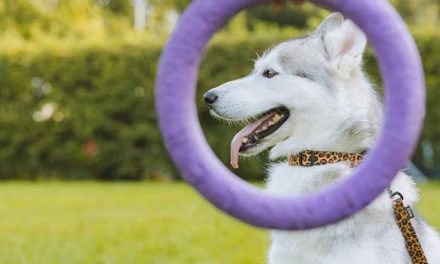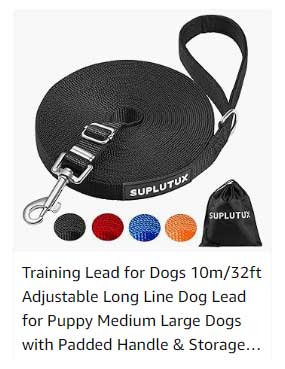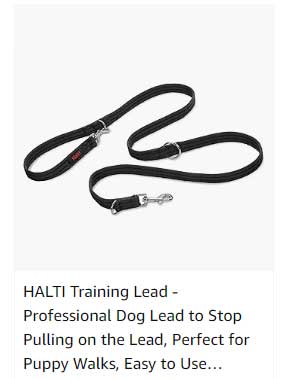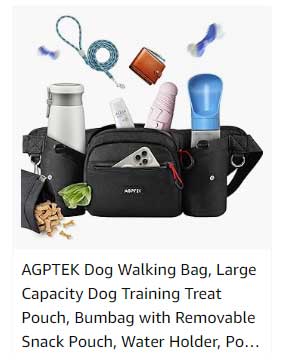Choosing the right clicker for training your dog is crucial in reinforcing positive behaviors and commands.
As simple as they may appear, not all clickers are created equal.
The quality of the clicker, the sound it emits, and its suitability for your dog’s hearing are all important factors to consider.
THE TRAINING CLICKER
High-quality dog clickers are typically durable, resistant to damage from drops or dog bites.
They’re designed to last through countless training sessions, saving you the hassle of frequent replacements.
When selecting a clicker, consider its physical quality.
Look for sturdy materials like stainless steel or high-grade plastic.
Avoid cheap, flimsy clickers that may break easily or fail to produce a consistent sound.
THE CLICK
The sound a clicker makes is its most distinctive feature.
The ‘click’ should be distinct, crisp, and sharp.
Dogs have sensitive ears
A vague or dull sound may fail to capture your dog’s attention, making the training less effective.
Remember, the clicker isn’t just a noise-making device – it’s a communication tool.
The click is a signal that tells your dog they’ve done something right. Therefore, consistent sound production is key.
THE RIGHT SOUND
It’s also vital to consider your dog’s hearing capabilities.
Dogs have a wider range of hearing compared to humans, and high-frequency noises may sound louder to them.
If the click sound is too loud or harsh, it may frighten your puppy or older dog.
On the other hand, if it is too soft, your dog might not hear it in a noisy environment.
HIGH QUALITY CLICKER
A good clicker should have a volume control feature, or holds the sound long enough through the training period.
This allows you to adjust the loudness of the click based on your dog’s comfort level and the surrounding noise.
Also, consider the ergonomic design of the clicker.
It should be comfortable to hold and easy to operate, enabling you to emit the click sound promptly when needed.
IN CONCLUSION
Clicker training is a powerful tool in dog training, but its effectiveness largely depends on the quality and suitability of the clicker used.
Thus, it’s essential to choose a dog clicker that is durable, produces a consistent and clear ‘click’ sound, and allows for volume adjustments.
By considering these factors, you can ensure a more successful and stress-free training experience for both you and your pooch.












